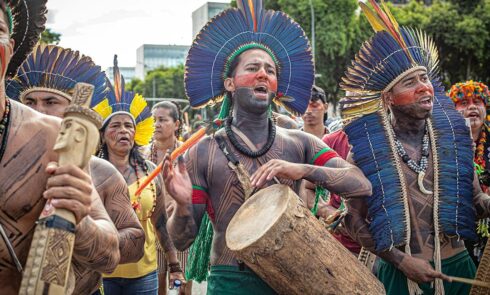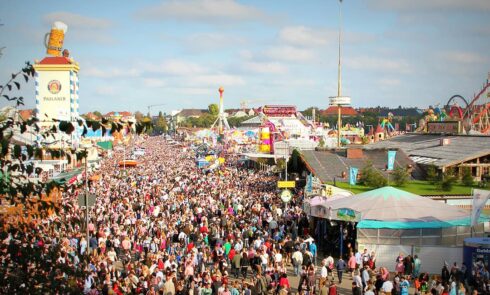Local dishes are made from natural ingredients that are harvested from the ocean, forests, and rivers. As for meat dishes (lamb, pork, beef are used), stuffed roast beef, stewed meat rolls, lamb shoulder stuffed with potatoes are popular. Fish and seafood (lobsters, oysters, various crustaceans) are in no less demand: fish is most often cooked over charcoal, and seafood is fried in batter, baked, stuffed, or made into omelets. Fish and meat are often served with fried potatoes or its sweet variety, kumara. As for other vegetables, they are used to make salads and complex side dishes.
Popular dishes of New Zealand cuisine:
Hangi (a dish that includes lamb, seafood, pumpkin, chicken, sweet potatoes and pork cooked in an earthen oven).
The most famous feature of Maori cuisine is hanga. This is the name of the earthen oven where hot dishes are cooked, and the dish of meat and root vegetables itself, which is cooked in the ground. The natives of New Zealand still avoid newfangled electric stoves and microwaves.
The Maori people worship the earth as “food-giving,” so it is customary to cook in an earthen pit where firewood and stones are piled up, the firewood is allowed to burn, pieces of meat wrapped in leaves, chopped vegetables and root vegetables (for example, potatoes) are laid out on the stones, and everything is sprinkled with earth, leaves and branches. The dish is cooked in this kind of “fryer” for 3-4 hours, but there is no risk that it will be overcooked or overcooked.
Of course, today hanga has been modernized: a basket is placed on the stones, and foil is used instead of leaves. However, the principle of cooking and the taste of the dish remains the same: tender meat and juicy vegetables in their own juice with the aroma of smoke and earth. Many resorts offer hanga to tourists, but given the length of time it takes to prepare, it is usually made for a large company on holidays.
The composition of the dishes can be very diverse, so if you are drawn to the exotic in New Zealand, make sure in advance that all the ingredients in the future hanga suit you.
Today, it enjoys unprecedented popularity not only on this continent but also in Europe. It is a type of sweet potato that has been grown in New Zealand since the 10th century. It is usually baked and fried in oil, but New Zealanders also mash it and add it to soup and pies. Kumara is rich in vitamin A and C, substances with anti-cancer properties, and helps to remove heavy metals from the body.
Roastkumara
Maori boil-up is an authentic dish of the Maori, an indigenous tribe of New Zealand. It is usually made from pork with the addition of potatoes, sweet potatoes, dumplings, and a dandelion-like plant called puha.
Maori boil-up
Fish and chips are fish and fried potatoes, the most popular takeaway food in New Zealand. Traditionally, fish and chips were served in a newspaper wrapper. With the decline of the printed press, this custom disappeared. The exact time when this dish took root in the cuisine of New Zealand is unknown, but all historians recognize that the first fish and chips shops were opened by British settlers before the First World War. During the XX century, such shops spread so much that almost every small town and suburb in New Zealand had at least one Fish and Chips shop. As in Britain, Friday night is considered a traditional time for eating fish.


